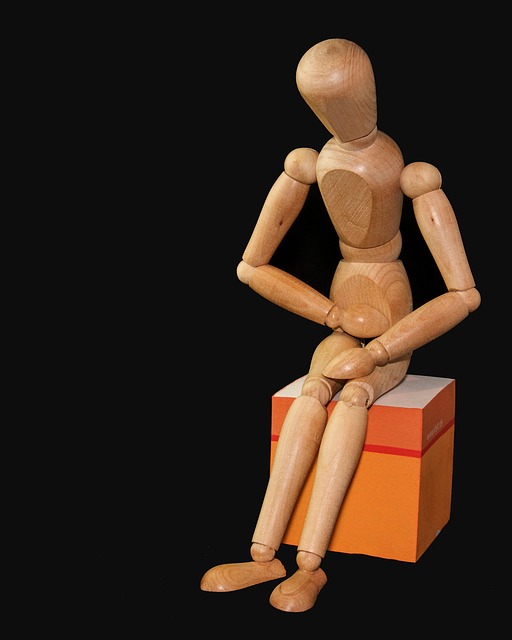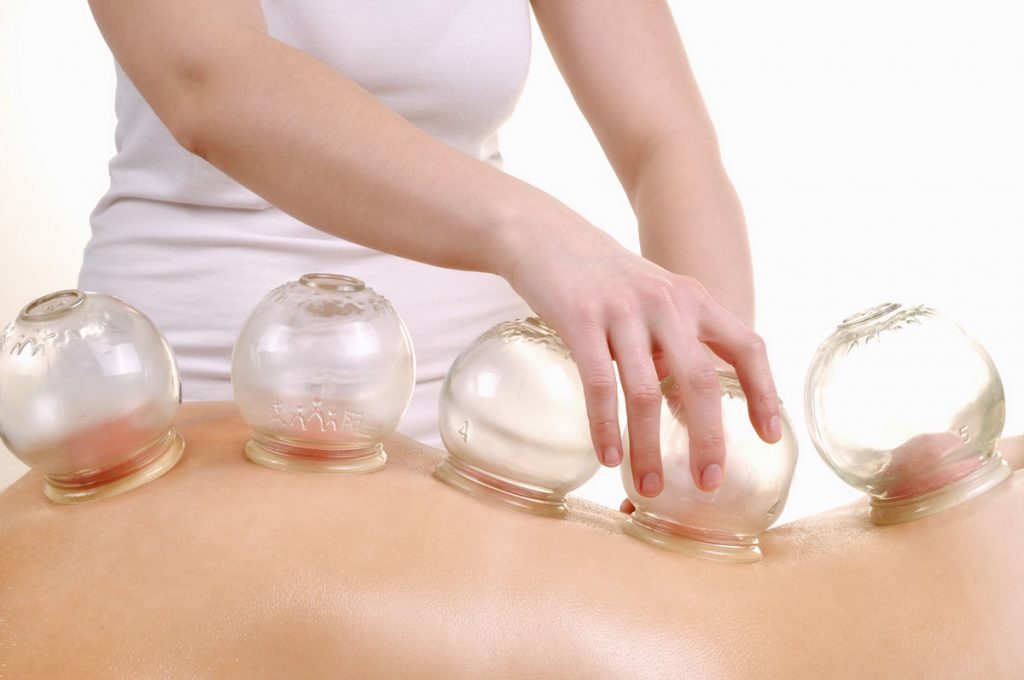Women’s health is a big part of the healthcare industry. And acupuncture can be very beneficial in caring for the overall health of women. Acupuncture has been especially effective in helping with things like infertility, turning breech babies, inducing labor and clearing up infections. The cervix is just one small part of the uterus. Specifically it is the lower part of the uterus that opens to allow passage between the uterus and the vagina. The cervix widens during childbirth to allow the baby to pass, it also allows the passage of menstrual fluids from the uterus out of the body and it is vital for sperm to pass through the cervix to reach the uterus when trying to procreate.

The cervix is very vulnerable to several health conditions, such as chronic inflammation, polyps, dysplasia and even cancer. Cervical conditions rarely present symptoms in the early stages, which makes it extremely important for women to get regular pap smears. If an abnormality is detected, there are several ways to address it, depending on the severity. In the early stages of any of the aforementioned conditions, acupuncture can be a positive addition to Western medical treatments. Acupuncture is very good at decreasing inflammation and helping to dissolve polyps and tumors. Acupuncture can also balance hormones, which allows the body to correct any imbalances.
One of the most studied areas of acupuncture is in treating fertility issues. When invitro fertilization by itself does not get the job done, adding acupuncture may be the last piece of the puzzle. Acupuncture does much more than just balance the hormones. When a woman is trying to get pregnant and struggling with it due to fertility issues, the stress levels are extremely high. And high stress levels have been proven to disrupt the body’s ability to conceive. One of the things that acupuncture is really successful at is decreasing stress levels. This can make it easier for the fertility treatments to work. Acupuncture has also been shown to increase blood flow to areas of the body, including the uterus. This can help to make a very hospitable place for a baby to grow.
Acupuncture and traditional Chinese medicine are also widely used for treating infections and sexually transmitted diseases. In traditional Chinese medicine, most infections have some sort of heat or discharge associated with them. This medicine uses principles, herbs and acupressure points that have specific properties that can drain heat and expel toxins from the body. This can lead to an overall improvement in both uterine and cervical health.
Another area where acupuncture can help with cervical health is at the time of birth. About four percent of babies are presented in the breech position prior to birth. An accessory modality known as moxibustion, has proven time and time again, that it can actually turn the baby to the proper birthing position. Moxibustion involves the burning of an herb, dried mugwort, very near the skin on a specific acupressure point that is located on the outer edge of the pinky toe. By performing moxibustion several times a day, the baby and the body somehow know that there needs to be a repositioning and the baby tends to turn during the night.
When it comes to women’s health, acupuncture is an amazing resource. Contact us to schedule your appointment today.
 The modern world is changing every single day. Because of this constant state of change, our bodies are frequently having to adjust. We have a food supply being degraded and depleted of nutritional content, which in turn, causes our bodies to become depleted. Our soil and water is contaminated with antibiotics and deadly fertilizers. All of which become part of the food chain we rely upon. Because of this, antibiotics are failing and superbugs like MRSA are on the rise. Lack of nutrition and the overuse of antibiotics are just a couple of the things wreaking havoc on our intestinal health. But there are ways to combat this and keep the gut healthy.
The modern world is changing every single day. Because of this constant state of change, our bodies are frequently having to adjust. We have a food supply being degraded and depleted of nutritional content, which in turn, causes our bodies to become depleted. Our soil and water is contaminated with antibiotics and deadly fertilizers. All of which become part of the food chain we rely upon. Because of this, antibiotics are failing and superbugs like MRSA are on the rise. Lack of nutrition and the overuse of antibiotics are just a couple of the things wreaking havoc on our intestinal health. But there are ways to combat this and keep the gut healthy.  In the world of Traditional Chinese Medicine, the liver energy flows upward into the eyes. When this energy is flowing smoothly and working as it should, your vision is clear and sharp, you have efficient night vision and the eyes are bright and well-lubricated.
In the world of Traditional Chinese Medicine, the liver energy flows upward into the eyes. When this energy is flowing smoothly and working as it should, your vision is clear and sharp, you have efficient night vision and the eyes are bright and well-lubricated. the summer solstice your yang energy reaches its peak. It is important to harness the peak of this yang energy, because as summer shifts into fall yang energy will decline. This great abundance of yang energy will translate throughout your body because during this season you are active and growing.
the summer solstice your yang energy reaches its peak. It is important to harness the peak of this yang energy, because as summer shifts into fall yang energy will decline. This great abundance of yang energy will translate throughout your body because during this season you are active and growing. Irritable Bowel Syndrome, otherwise known as “spastic colon,” is a common disorder that affects the colon and causes many disruptive symptoms. Many of these symptoms can be managed with a simple change in diet and lifestyle. Chinese herbal medicine and acupuncture may be able to help.
Irritable Bowel Syndrome, otherwise known as “spastic colon,” is a common disorder that affects the colon and causes many disruptive symptoms. Many of these symptoms can be managed with a simple change in diet and lifestyle. Chinese herbal medicine and acupuncture may be able to help.  Most people have heard of the field of acupuncture by now, but did you realize the scope of the practice encompasses Chinese medicine, which includes so much more than needles? Let’s explore this ancient therapy.
Most people have heard of the field of acupuncture by now, but did you realize the scope of the practice encompasses Chinese medicine, which includes so much more than needles? Let’s explore this ancient therapy. One of the best gifts you can give your mother this Mother’s Day is the gift of acupuncture. Acupuncture can help with an abundance of health problems and get you feeling one hundred percent again. Mom’s make the world work, it’s a known fact. So this holiday season you should give your mother the gift of acupuncture, here are seven reasons why.
One of the best gifts you can give your mother this Mother’s Day is the gift of acupuncture. Acupuncture can help with an abundance of health problems and get you feeling one hundred percent again. Mom’s make the world work, it’s a known fact. So this holiday season you should give your mother the gift of acupuncture, here are seven reasons why. Addiction is defined as the compulsive physiological need for and use of a habit-forming substance, which means addiction can come in a lot of different forms. People can be addicted to illicit drugs like heroin just as easily as they can be addicted to sugar. But for the purpose of this article, let’s stick to illicit drugs and alcohol.
Addiction is defined as the compulsive physiological need for and use of a habit-forming substance, which means addiction can come in a lot of different forms. People can be addicted to illicit drugs like heroin just as easily as they can be addicted to sugar. But for the purpose of this article, let’s stick to illicit drugs and alcohol.

